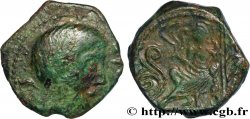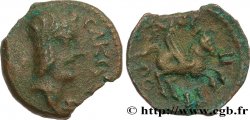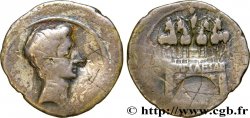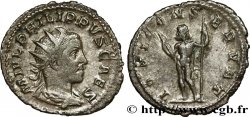Live auction - bga_714806 - GALLIA - CARNUTES (Beauce area) Statère d’électrum à la joue ornée et à la lyre
You must signin and be an approved bidder to bid, LOGIN TO BID. Accounts are subject to approval and the approval process takes place within 48 hours. Do not wait until the day a sale closes to register. Clicking on "BID" constitutes acceptance of the terms of use of cgb.fr private live auctions.
Bids must be placed in whole Euro amounts only. The sale will start closing at the time stated on the item description; any bids received at the site after the closing time will not be executed. Transmission times may vary and bids could be rejected if you wait until the last second. For further information check the Live auction FAQ
All winning bids are subject to a 18% buyer’s fee.
All winning bids are subject to a 18% buyer’s fee.
| Estimate : | 1 500 € |
| Price : | 820 € |
| Maximum bid : | 850 € |
| End of the sale : | 08 March 2022 15:48:52 |
| bidders : | 2 bidders |
Type : Statère d’électrum à la joue ornée et à la lyre
Date: Ier siècle avant J.-C.
Mint name / Town : Chartres (28)
Metal : gold
Diameter : 18,5 mm
Orientation dies : 9 h.
Weight : 7,29 g.
Rarity : R3
Coments on the condition:
Monnaie bien centrée, avec une jolie tête détaillée au droit et un joli bige au revers
Catalogue references :
Obverse
Obverse legend : ANÉPIGRAPHE.
Obverse description : Tête laurée imitée de Philippe II, très stylisée avec la tête luniforme et l'œil en amande, à droite ; l’oreille ornée d’une boucle à trois brins ; chevelure en mèches complexes.
Reverse
Reverse legend : ANÉPIGRAPHE.
Reverse description : Bige à droite conduit par un aurige ; la roue du char sous la queue des chevaux et une lyre renversée entre leurs jambes.
Commentary
Pour cette série de statères à la lyre, plusieurs classes ont été distinguées. Cet exemplaire correspond à la classe III au profil luniforme et à la joue lisse. Les quarts de cette série sont presque l’exacte réduction modulaire du statère, mais avec un cheval à la place du bige au revers. Le style du droit et du revers, ainsi que le type de métal utilisé, rapprochent ces monnaies du statère épigraphe KABALLOS CONTI.







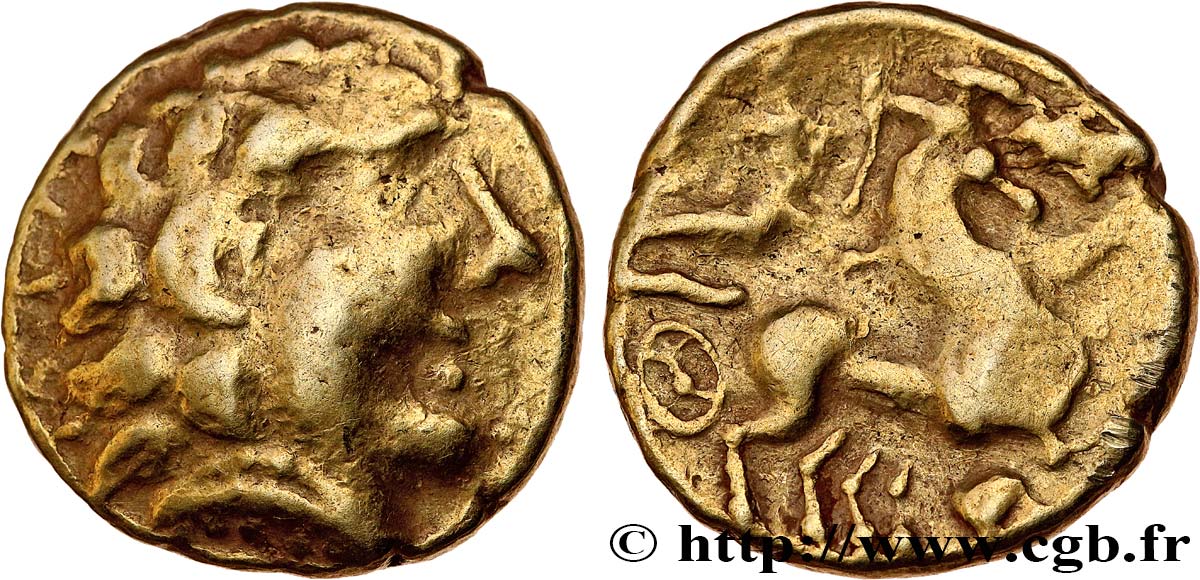
 Report a mistake
Report a mistake Print the page
Print the page Share my selection
Share my selection Ask a question
Ask a question Consign / sell
Consign / sell
 Full data
Full data

